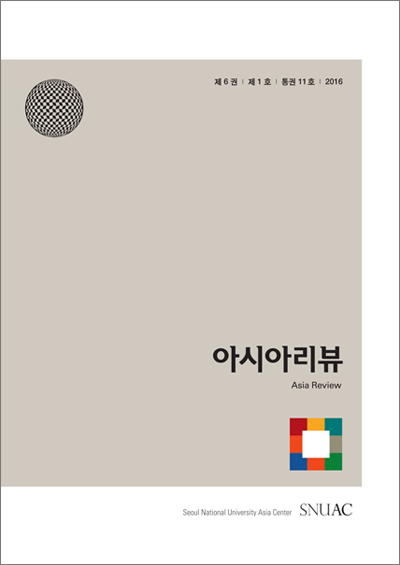Recognition of Korean pop (K-pop) music as a major component of global culture started its humble beginnings at the advent of globalization in the 1990s. Having Western pop music roots, K-pop is considered to be unique and ‘native’ in South Korea because of its catchy melodies, synchronized choreographies, and expensive-looking produced music videos (Korean Culture and Information Service, 2011; Romano, 2018). K-pop, however, is not limited to music, it also transcends other forms of pop culture concerning arts, fashion, food, films, and even education. In just a decade, K-pop has made international fans engage more to study the rich cultural history of Korea, learn the Korean language, and even travel to Korea for leisure and studies (Shim, 2011b). Due to the sensation of South Korean (hereafter Korean) pop culture, more and more people curious about Korea are also engrossed in traditional ones.
Historically, the foundation and development of K-pop music culture are attributed to the prevalent impact of Western cultural imperialism. Theoretically speaking, Shim (2006, 2011b) argued that the hegemonic influence of the West, particularly American, subjugated smaller nations like South Korea: from the consumption of media to the universalization of capitalism. This can be further understood under the Cold War context. South Korea, like the Philippines, was put under the sphere of the political, economic, and cultural influence of the US. Unlike the Philippines, however, South Korea used such suppression to their advantage and produced something of their own. In other words, “globalization, particularly in the realm of popular culture, breeds a creative form of hybridization that works towards sustaining local identities in the global context” (Shim, 2011a).
K-pop is precisely large in terms of definition, periodization, and context. In this study, K-pop is being defined as closely associated with “idol culture.” This is entirely different from the oldest form of Korean popular culture called “trot” (Kim, 2020). Musically, modern K-pop had its beginnings in the early 1990s during the rise of boy band Seo Taiji and Boys.1 The said group changed the landscape of music and performance showcase in South Korea. They brought innovations that challenge the ruling “musical styles, song topics, fashion, and censorship” in Korean music (Romano, 2018). Idol culture, however, was only introduced in the late 1990s to early 2000s when K-pop was institutionalized and standardized by bourgeoning entertainment agencies (KCIS, 2011; Seabrook, 2012). These South Korean entertainment agencies and companies begun recruiting and training potential performers called idols. These idols are put together in groups based on individual and collective qualities before debuting. Soon after, these groups ranging from four up to thirteen members showcase synchronized dance moves accompanied by singing music pioneered and popularized by Seo Taiji and the Boys. But like any other pop music, present-day K-pop has already evolved–adopting musical elements from Euro-pop, American hip-hop, to Japanese city-pop (Seabrook, 2012). The same with idol culture, K-pop has transcended the music industry. Some idols are proactive in the modeling and acting industries. Technology also played a key role in the modernization of present-day K-pop (Romano, 2018). This K-pop associated with idol culture, which has been influential in the Philippines, will be further discussed later.

